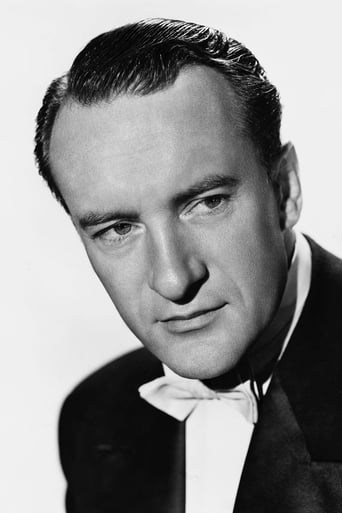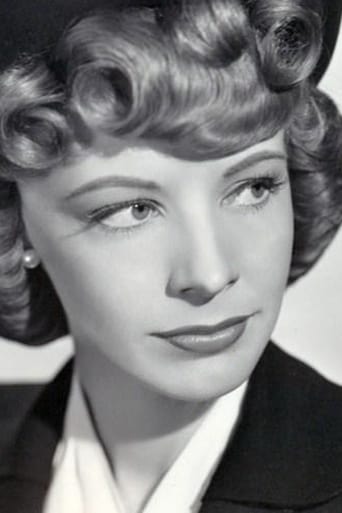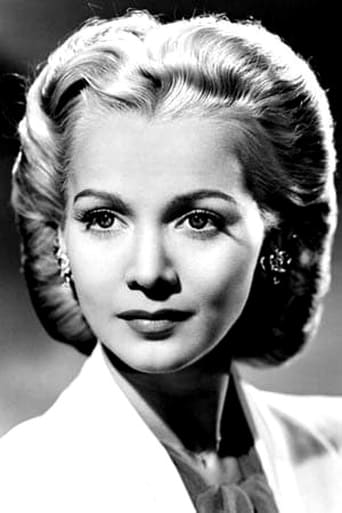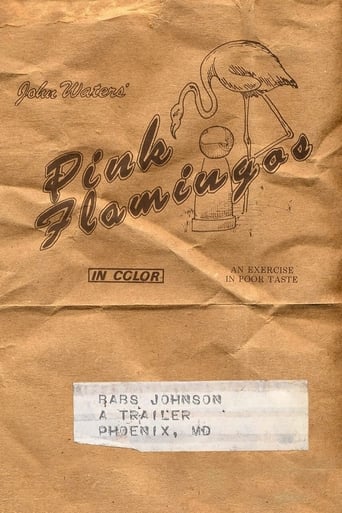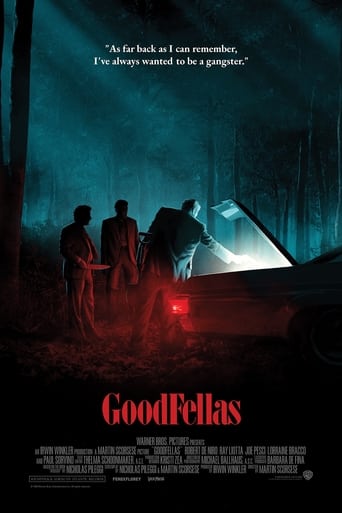A Scandal in Paris (1946)
A smooth-talking French thief wangles his way into an important position as prefect of police.
Watch Trailer
Cast
Similar titles
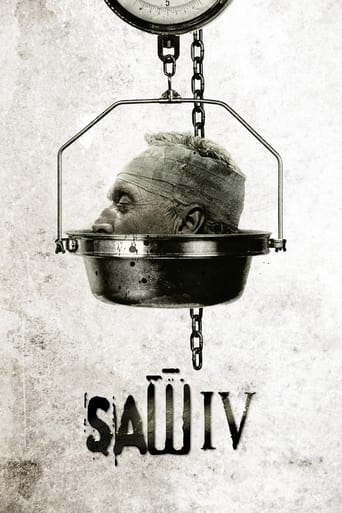

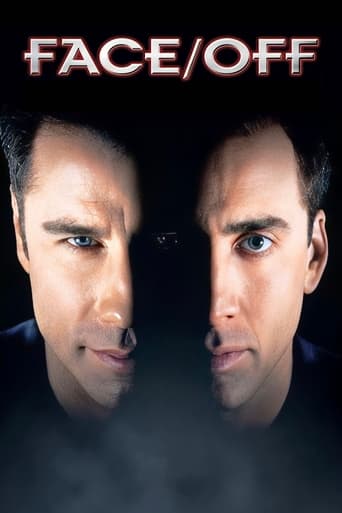

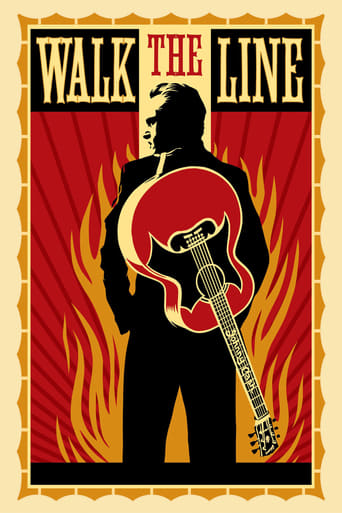
Reviews
Simply A Masterpiece
Good movie but grossly overrated
Absolutely the worst movie.
A terrific literary drama and character piece that shows how the process of creating art can be seen differently by those doing it and those looking at it from the outside.
This is a story about a real-life criminal turned private detective character - Eugéne Vidocq – set in C18th and C19th France. George Sanders plays the character but unfortunately, things are rushed as we skip forwards and Sanders sleepwalks through the film in a lacklustre manner. We also mistakenly get two comedy characters who are given significant roles – Akim Tamiroff (Emile) as murderous sidekick and loyal admirer of Sanders carrying out duties such as dressing his buddy and generally admiring him, and former chief of police Gene Lockhart who is inexcusably meant to lend yet more comedy to proceedings. Add to that a completely wet fish love interest in the form of Signe Hasso (Therese) and the film is not stacking up well.The best in the cast by a mile is gold-digger showgirl Carole Landis (Loretta) and she boosts the watchability single-handedly. Unfortunately, she is not in the film long enough. Given there is quite a slight storyline to the film, her moments are all memorable whether it be her singing performance (the best moment of the film) or her dialogue delivery and acting gestures which provide the only moments of true comedy.The makers of the film should have made this story more true to life and informed the audience more about this Vidocq character. I have no doubt it would have been a far more interesting story. He has a fantastic legacy and very engaging life story if you read up about him.
From the title, I suspect the movie was marketed as a peek at those notoriously naughty French and their customs. After all, the year is 1946 and the coldly restrictive Production Code is in force in Hollywood. So audiences have to find titillation where they can and producers have to work in risqué spots as best they can. Here, the apparently nude swim (which really isn't), along with the occasionally revealing and shapely Carol Landis, does provide some visual stimulation. However, it's the script that provides the main innuendo, as other reviewers point out. The trouble is that much of that innuendo is pretty sophisticated and flies by too quickly to be savored. Seems to me, the script may have misjudged the distance between the European movie makers and thrill-seeking American audiences. All in all, I'd be curious to know how the average viewer of the day responded to this exercise in continental style and wit.To me, the movie never really gels. On one dramatic end is Sanders playing it pretty straight, while on the other, is Lockhart clowning it up as a police official, no less. And in between are various shades of seriousness and tongue-in-cheek, such that the movie fails to establish a defining mood. Then too, the severity of the showdown at film's end strikes me as badly out of sync with the lighter parts. Add to that thinly disguised cardboard sets, an unusually dour ingénue (Signe Hasso), and the result is a kind of mish-mash that only occasionally works. Too bad the utterly charming whimsy of the final 30 seconds is not replicated by the feature itself. Still and all, no movie that sticks witty aphorisms onto the sardonic tongue of the incomparable George Sanders can be ignored.
How many "Vidocq" versions are there ? Probably more than you'd want to see.The last one was released a couple of years ago (feat Depardieu) and was a commercial and artistic flop.French versions galore are up for grabs including a miniseries in the sixties.This American version of the thief-turned -cop is a different matter cause it is probably as far as the real life character as it can be.George Sanders' suave portrayal is actually close to Arsene Lupin the French gentleman-burglar invented by Maurice Leblanc.After all Detlef Sierck (Douglas Sirk) was European .Aunt Ernestine is some kind of equivalent of Lupin's old nanny Victoire.The parallel with Saint George and the dragon is a good idea ,when a man has actually to fight against himself on the way to redemption.The film is highly praised in Vidocq's native France:Jacques Lourcelles writes that ,"lost in Hollywood ,Sirk is at home again in an old tale of good old Europa.I must confess I find "scandal in Paris" a bit cold and sometimes dull and I like Sirk best in his "Melodrames Flamboyants".
A kind of anti-Les Miserables, this sophisticated period comedy inverts conventional morality, following a thief/scoundrel as he rises to become the chief of police of Paris. This makes an ideal showcase for George Sanders at his peak of suavity, which he maintains even in a blond wig while posing for a portrait of St. George [this evolves into a theme of the film: "In all of us there is a St. George and a dragon"]. Naturally, Sanders effortlessly spins aphorisms: on adultery, he murmurs, "Sometimes the chains of matrimony are so heavy they have to be carried by three".Very much a production of displaced Europeans [Sirk, Shuftan, Eisler, Pressburger], the story celebrates a continental tolerance ["No man is a saint"]. Douglas Sirk clearly enjoys the subversive charm of the criminal mind which stays sharp by exploring all the possibilities for larceny. However, Sirk is not cruel: the provincial victims are not buffoons; they are just not sharp enough to see all the angles in each situation. He does not mock the cheerful dowager [Alma Kruger] who is eager for more adventurous company, and even the bumbling cuckold [Gene Lockhart] is ultimately touching when he disguises himself as a canary-merchant.Like its contemporary, Renoir's DIARY OF A CHAMBERMAID, this sometimes seems like a European film trapped in Hollywood. However, while the first hour sometimes strains to be "naughty" [as in a decorous skinny-dipping scene], Sirk is able to unify the tone more successfully than Renoir. If Signe Hasso seems a bit old [at 30] as the wide-eyed ingenue, and Carole Landis struggles through her music hall number, Sirk guides both of them to satisfying moments, justifying their casting. The plot involving a garter made of rubies, a monkey called Satan, and a Chinese carousel with a giant Pekinese to ride -- develops increasingly clever and surprising twists, to a pleasing conclusion.



